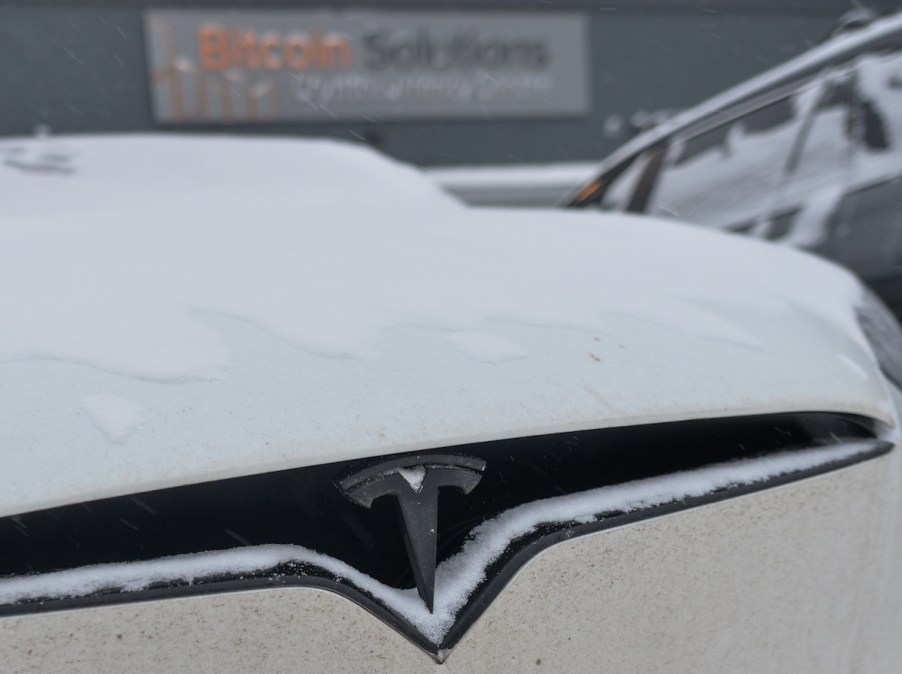
What Happens if You Park Your EV Outside During the Winter?
Before you switch to an EV, you want to make sure you understand all the changes to your routines and the implications of dealing with a battery-powered car. You’ll have questions about when and where to charge and how to preserve your car battery’s life. If you are in an area where the snow flies for several months out of the year, you likely wonder how well an EV can hold up in frigid temperatures.
Cold weather does affect EVs, especially with extended exposure to sub-freezing climates. Here is what happens if you park your electric vehicle outdoors overnight in chilly conditions.
What temperatures affect an EV’s range?

Extreme frigid temperatures will affect gas-powered mechanics. Your battery-powered EV is no different. But much like you’d expect to have issues with a traditional gas-powered car in the winter, there are similar issues to weigh before buying an EV.
Axios shares some of the temperature ranges, at the coldest and hottest climate points, for the more popular EVs on the market today. In general, most EVs will lose driving range capability in conditions 40 degrees Fahrenheit or colder.
To help combat concerns in cold weather, many EV automakers include heat pumps as part of your standard equipment. Drive Electric CVT shares models like the Audi e-tron, the BMW i4 and iX, and the Jaguar I-Pace. The Hyundai Ioniq 5 includes a battery heater on certain AWD models. And some come with “winter packages” like the Kia EV6 that has an activatable warming battery pack helping to improve DC fast charging times in frigid weather.
What happens when you park your EV outside during the winter?
If you park your new EV outside during the chilly winter weather, even overnight, your primary concern won’t be about overall battery drain. Instead, the cold temps will primarily affect how much power is needed to power up the car and keep it running.
Inside Hook reminds consumers that the battery itself won’t be impacted by exposure to cold weather. But on the coldest days, it’s going to require more “juice” to start and operate your EV’s lithium-ion battery.
Comparing those battery usage effects to gas-powered cars, it’s really no different. When you go out and start your combustion engine, it will burn more gas to get it started in the morning and keep it running when the temperatures are below freezing.
Car and Driver shared that when doing the math on how much gas is required to fuel a vehicle in the winter versus electric charges necessary to power an EV, the data is almost the same.
How to prevent loss of range during the cold months of the year
According to Solar Reviews, you can do a few things to help protect your battery range during the cold winter months. For example, never let your EV run lower than 20% charge in the winter. And as Consumer Reports suggests, running the defrost and cabin heater on high will “sap your range.”
Have a charging or transportation backup plan in place should you find yourself in a compromising remaining charge situation. You can reduce the usage during operation if you can forgo preheating the EV and make smart use of the heated seats instead. Consider parking in the garage whenever you can, keep a heat pump, and start your EV while it’s still plugged in for the best results.
So, if you live where freezing temperatures are common during the winter months, don’t worry too much about an EV holding up with frigid exposure. Be smart about choosing a model that comes with the winterization packages, and keep these battery preservation tips in mind. And if you have a garage or shelter of any kind, keep your EV parked inside on the coldest days.


